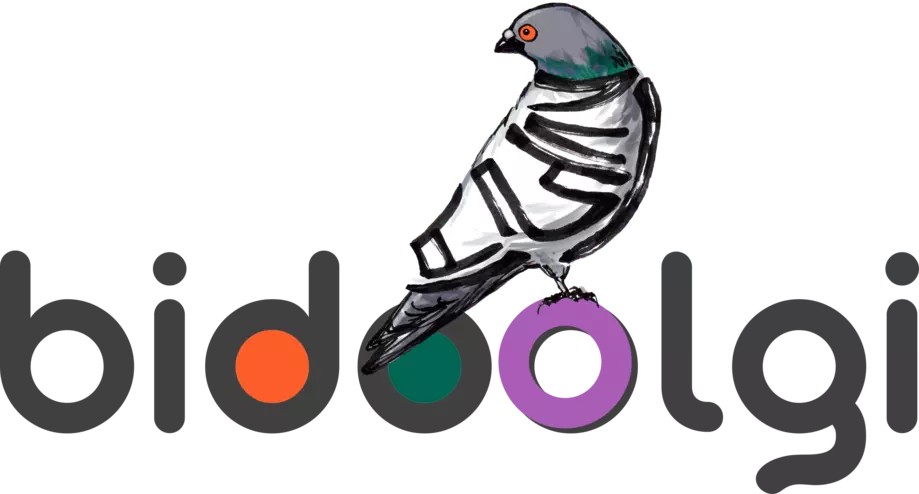Odoo project management scripts

Bidoolgi helps managing Odoo projects by providing a unified way to start, test, and manage them. The aim is to be most efficient while have very little to type and remember.
This is a terminal-based workflow, relying on the Acsone methodology and toolset (pip installs, click-odoo, etc). However it is simple enough to be adapted to remove these dependencies, and serve as inspiration for a similar workflow.
It is assumed you have installed virtualenvwrapper.
All functions in the o script depend on having a project set up.
Check acsoo - new project to use a template if you need one.
You also need all Python versions you intend to use.
Add the content of bashrc.sh to your .bashrc.
Because of the way virtualenvwrapper works, these commands cannot be executed in a subshell.
Copy the o.sh script in a folder on your path as o.
Make sure it is executable, using chmod +x if needed.
In Ubuntu, ~/bin is on your path, in doubt check with echo $PATH.
Finally, add a global rule to ignore your local .odoorc.
To do so, first add the necessary lines to your .gitconfig:
[core]
editor = vim
excludesfile = ~/.gitignore
Then, you just need to add a .odoorc line to your global gitignore.
We assume you already have a project setup.
Let's say it is odoo-project, intended to run in python 3.8.
Create your virtualenv with: m 3.8.
Next time you'll need to activate the virtualenv, just type w.
The virtualenv has been created with the folder name as name,
so we don't need to type it again to find it.
To install requirements, use: o setup.
It will pull all dependencies, along with pudb and ipython.
Starting from there, there are 3 main workflows:
- a working database, that will typically be obtained from a dump.
- a testing database, that will allow to run module tests in post-install
- a series of module specific databases, to run tests on a specific module
This database is named odoo-project.
Typically, you would restore a dump for this, so there isn't any specific command to initialize it.
After you restore a dump, you can perform sanitizing operations with o clean.
Absent of a dump, you can create it using the install command below.
Run it with o r, or launch a shell session with o rs.
You can install a module module by running o i module.
You can upgrade a module module by running o u module.
To upgrade all modules that need it, run o up (it may take much longer).
To install a new dependency or sync requirements, use o pu addon.
To make a release, use o bumpp (to make a pach release),
o bumpm for a minor and o bumpM for a major bump.
You can generate the project documentation using pigeoo by running
o doc hat_module_1,hat_module_2.
Note that while Python2 projects are technically not supported, it still
generates a working documentation for module (co-)dependencies.
You can install a module module by running o it module.
Test it with o t module.
To upgrade all modules, use o upt.
That should be sufficient!
Running the tests with only the dependencies installed ensure that the process works from scratch, and help catch undeclared dependency.
Initialize a database with o itt module.
Then, run the tests with o tt module.
To clean up all module-specific databases, run o dropdbs.
You can copy a database with copydb source target_name.
To drop all databases according to a (grep) pattern, use ddb pattern (use at your own risk, or modify xargs options before).
Note that this is a command working outside of a project venv, so it will not drop the filestore for Odoo databases dropped this way.